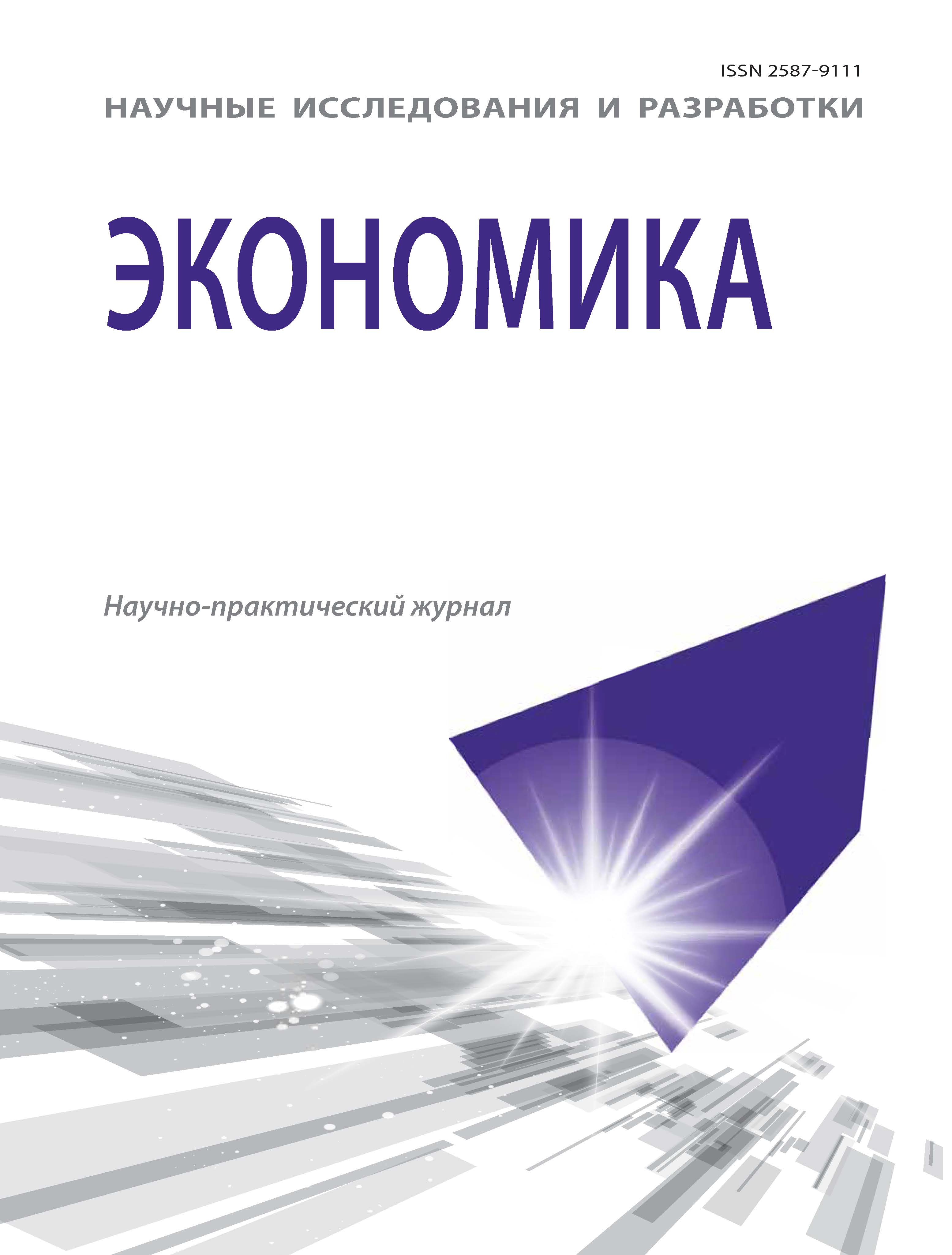Tula, Tula, Russian Federation
Tula, Tula, Russian Federation
The work attempts to identify the influence of regional socio-economic factors on demographic processes in modern Russia. The influence of these factors on mortality in the regions assessed. The possible influence of regional factors on mortality assessed by identifying the correlation between overall mortality rates in the region and regional economic and socio-economic indicators. The results obtained indicate that it is unlikely that income from business activities, social payments, and the spread of basic general education among the employed population will influence mortality in the regions. It is likely and possible that mortality will decrease under the influence of the growth of average per capita monetary income, median per capita monetary income of the population, and other monetary receipts. A decrease in mortality is possible under the influence of income growth in the fifth group (20% of the population with the highest incomes), under the influence of an increase in the level of education of the employed, the spread of higher and secondary general education among the employed population, and under the influence of the availability of medical care. Income from property and income in all groups of 20% of the population, except for the group with the highest incomes, can contribute to the increase in mortality; the spread of secondary vocational education among the employed population can also contribute to the increase in mortality. The obvious confirmed — policies to increase income levels, levels of education and access to medical care can help reduce mortality.
mortality, income, income structure, human capital, correlation, probability
1. Alimuradova M.A. Vliyanie smertnosti trudosposobnogo naseleniya na demograficheskie harakteristiki naseleniya regiona / M.A.Alimuradova [Elektronnyy resurs]. URL: https://srtv.gks.ru/ storage/mediabank/Alimuradova_ stat'ya.pdf (data obrascheniya: 09.02.2020)
2. Askarov R.A. Integral'naya ocenka vliyaniya social'noekonomicheskih, ekologicheskih faktorov na smertnost' naseleniya trudosposobnogo vozrasta / R.A. Askarov, I.A. Lakman, Z.F. Askarova, B.A. Bakirov // Ekonomika i upravlenie: nauch.-prakt. zhurnal. 2019. № 6 (150). S. 144-148.
3. Baranov A.O. Sovershenstvovanie statistiki vosproizvodstva chelovecheskogo kapitala / A.O. Baranov, Yu.M. Slepenkova, T.O. Tagaeva // Problemy prognozirovaniya. 2020. № 1. S. 22-31.
4. Berendeeva A.B. Demograficheskie vyzovy i stepen' adekvatnosti demograficheskoy politiki v regione (na primere regionov Verhnevolzh'ya) / A.B. Berendeeva // Vestnik Ivan. gos. un-ta. Ser. Ekonomika. 2019. T. 39. № 1. S. 11-20.
5. Voischeva O.S. Mul'tikollinearnost' i problemy soderzhatel'noy interpretacii / O.S.Voischeva, S.S. Schekunskih, E.P. Rudikova // Ekonomicheskoe prognozirovanie: modeli i metody: sb. materialov X mezhdunar. nauch.-prakt. konf. - Voronezh: Voronezh, gos. un-t, 2014. S. 11-14.
6. Derstuganova T.M. Vliyanie social'no-ekonomicheskih faktorov na smertnost' naseleniya trudosposobnogo vozrasta (na primere Sverdlovskoy oblasti) / T.M. Derstuganova, B.T. Velichkovskiy, V.B. Gurvich i dr. // Zdorov'e naseleniya i sreda obitaniya. 2013. № 9 (246). S. 12-14.
7. Berendeeva A.B., Sizova O.V. Analiz faktorov smertnosti naseleniya v trudosposobnom vozraste v regionah Rossiyskoy Federacii metodom modelirovaniya // Teoreticheskaya ekonomika, 2020, № 4, s. 11-24.
8. Burykin I.M., Hafiz'yanova R.H. Vliyanie social'nyh faktorov na smertnost' naseleniya // Fundamental'nye issledovaniya. 2015. № 1-4. S. 704-711. URL: https:// fundamental-research.ru/ru/article/view?id=37405 (data obrascheniya: 16.09.2023).
9. Kuchmaeva O.V., Kalmykova N.M., Kolotusha A.V. Faktory regional'noy differenciacii smertnosti v Rossii 2019-2020 gg.: epidemiya Covid-19 i ne tol'ko // Nauchnye issledovaniya ekonomicheskogo fakul'teta. Elektronnyy zhurnal. 2021. Tom 13. Vypusk 4. S. 34-64. DOI: 10.38050/ 2078-3809-2021-13-4-34-64.
10. Basovskiy L.E. Postindustrial'nye uklady v ekonomike Rossii / Basovskiy L.E., Basovskaya E.N. M.: INFRA-M, 2017. 159 s.






